What Is PLC and How It Works: A Beginner’s Guide to Programmable Logic Controllers
Automation is shaping industries faster than ever before. But how exactly do factories, plants, and machines run their processes automatically without human supervision? The answer is simple: they use Programmable Logic Controllers (PLCs).
If you are setting up an automated system, upgrading your manufacturing line, or simply exploring modern control technologies, understanding what a PLC is and how a PLC works will help you make better technical decisions.
This guide explains everything you need to know, starting from the basics to the working principle, features of PLCs, programming methods, pros, and even cons.
Introduction
A programmable logic controller, or PLC, is an industrial computer that monitors inputs, makes decisions based on its programmed logic, and controls outputs to automate machines or processes. These systems are built to operate reliably under harsh industrial environments like extreme temperatures, vibrations, and electrical noise.
Key Functions of PLCs:
-
Input Handling: Collects real-time data from sensors and switches.
-
Processing: Executes the user-defined program logic.
-
Output Control: Sends commands to devices like motors and actuators.
-
Monitoring: Continuously observes system performance and updates accordingly.
This basic introduction to programmable logic controllers shows their role as the control center of modern automation.
What Is a PLC System?
A PLC system is the proper setup that includes the programmable logic controller, its software, and the input/output modules that connect it to machinery and sensors. The controller reads signals from the environment, applies programmed instructions, and manages connected devices.
Main Components of a PLC System:
-
Central Processing Unit (CPU): Executes control instructions.
-
Input Modules: Receive signals from sensors and switches.
-
Output Modules: Activate machines and equipment.
-
Power Supply Unit: Provides necessary electrical power.
-
Programming Device: Allows the user to enter logic instructions.
The PLC system functions as a bridge between mechanical processes and digital decision-making.
PLC: Programming Methods and Applications
PLCs can be programmed using several standard methods defined by the IEC 61131-3 standard. The most commonly used programming methods include:
|
Programming Method |
Description |
|
Ladder Diagram (LD) |
Graphical representation resembling electrical relay logic. |
|
Function Block Diagram (FBD) |
Uses blocks to represent functions and data flow. |
|
Structured Text (ST) |
High-level text-based language for complex operations. |
|
Sequential Function Chart (SFC) |
Used to define steps and transitions for sequential processes. |
|
Instruction List (IL) |
Low-level assembly-like programming language. |
PLCs are used in a wide range of applications, including material handling systems, robotic assembly lines, water treatment facilities, and traffic light control systems.
What Is a PLC Controller?
The PLC controller is the core device that interprets and processes input data, executes logic instructions, and controls output devices accordingly. It consists of the CPU, memory, and communication ports.
Role of a PLC Controller:
-
Data Collection: Gathers data from field devices.
-
Logic Execution: Processes instructions based on programmed logic.
-
Command Execution: Activates outputs like solenoids or motors.
-
Status Communication: Shares system information with operators or supervisory systems.
Essentially, when people refer to the PLC, they are typically talking about the controller that coordinates all operational actions.
How PLC Works?
The operation of a PLC follows a clear and repetitive cycle known as the scan cycle. Now, let's understand how PLC works. During each cycle, the PLC:
-
Reads the status of all input devices connected to it.
-
Executes the control program stored in its memory.
-
Updates the status of output devices based on the program results.
This cycle occurs within milliseconds, allowing for real-time process control. The predictability of the scan cycle makes PLCs a preferred choice for automation tasks where timing and sequencing are critical.
PLC Working Principle
The PLC working principle is based on a continuous process known as the scan cycle. During this cycle, the controller reads inputs, processes logic, and updates outputs almost instantly.
Stages of the Scan Cycle:
-
Input Scan: Detects the status of all input signals.
-
Program Execution: Runs the control logic stored in memory.
-
Output Update: Changes output states based on the program results.
-
Housekeeping: Performs internal checks and communications.
This systematic operation allows the PLC to respond quickly and reliably to changes in the controlled process, maintaining system performance.
Comparison Between PLC and Relay Control
Both PLCs and relay-based systems are used for control tasks. However, they are different in many ways.
|
Feature |
PLC |
Relay Control |
|
Flexibility |
Easy to reprogram |
Hard to change wiring |
|
Space Required |
Compact |
Needs large panels |
|
Maintenance |
Simple diagnostics |
Hard to find faults |
|
Cost |
High first cost, low later |
Low first cost, high later |
|
Speed |
Very fast |
Slower operation |
PLCs have become more popular because they make changing, troubleshooting, and upgrading much easier than relay control panels.
Choosing the Right PLC for Your Application
Selecting the right PLC involves evaluating several critical factors based on the needs of the PLC applications.
-
I/O Requirements: Determining the number and type of inputs and outputs needed.
-
Processing Speed: Ensuring the CPU can handle the control logic complexity.
-
Environmental Conditions: Choosing models that withstand temperature, dust, or moisture.
-
Expandability: Selecting a PLC that allows for future system growth.
-
Software Compatibility: Confirming the PLC works with your programming and monitoring tools.
Picking the right PLC helps in building a control system that is trust, scalable, and low-priced for your specific tasks.
Advantages and Disadvantages of PLC
Here are the advantages and disadvantages of PLC:
Advantages of PLC:
-
PLCs are highly reliable due to their solid-state design with no moving parts.
-
They offer flexible programming, allowing changes without rewiring the system.
-
Small size, easy installation, and modular construction make them scalable.
-
PLCs consume very low power compared to mechanical relay-based systems.
-
They provide better diagnostic and troubleshooting capabilities via built-in status indicators.
Disadvantages of PLC:
-
High initial setup and equipment costs for large-scale systems.
-
Specialized training is often needed for programmable logic controllers, programming methods, and applications.
-
PLCs can be less efficient for handling very complex analog operations.
-
Different manufacturers use proprietary software, which limits system compatibility.
-
Maintenance of old or obsolete PLC models becomes difficult due to a lack of support.
Main Types of PLCs Based on Size
PLCs are available in many sizes, depending on the job they have to do.
|
PLC Size |
Description |
Common Use |
|
Nano PLC |
Very small, few inputs and outputs |
Simple machines |
|
Micro PLC |
Small but more flexible |
Small assembly lines |
|
Medium PLC |
Handles complex tasks |
Factory automation |
|
Large PLC |
High capacity, thousands of I/O |
Power plants, big industries |
Choosing the right size depends on how much work the PLC needs to control and how big the plant or machine is.
PLC Control System
A PLC control system combines hardware and software elements to monitor and control industrial processes automatically. It reads input conditions, processes the data, and controls outputs based on a prewritten set of instructions.
Main Elements of a PLC Control System:
-
Sensors: Provide real-time input signals.
-
CPU: Processes the input and applies the programmed logic.
-
Outputs: Actuators like motors, lights, or alarms driven by decisions.
-
Communication Interfaces: Link the PLC to other devices like HMIs or SCADA systems.
This coordinated system allows industries to automate complex tasks while maintaining flexibility for future modifications.
Types of Inputs in PLC Systems
Inputs are critical for a PLC to gather information about its environment. Inputs provide the signals needed for the PLC to make decisions.
-
Digital Inputs: Detect simple ON/OFF signals from buttons or switches.
-
Analog Inputs: Measure variable signals like temperature, pressure, or speed.
-
Specialty Inputs: Include devices such as encoders or RTDs for specialised sensing.
-
Wireless Inputs: Transmit data via wireless communication where cabling is impractical.
-
Remote Inputs: Connect inputs from distant locations using network modules.
Inputs define how the PLC reads real-world conditions, enabling accurate and timely system control.
PLC vs SCADA Systems
Sometimes PLCs are used alone, sometimes together with SCADA systems for bigger controls.
|
Feature |
PLC |
SCADA |
|
Function |
Local machine control |
Supervises multiple machines |
|
User Interface |
No screens, small displays |
Full graphic screens |
|
Data Logging |
Limited |
Very detailed records |
|
Complexity |
Simple or medium |
Very complex systems |
|
Typical Use |
Individual machines |
Whole plants or networks |
Both PLCs and SCADA are important, but SCADA gives a higher view and manages many PLCs at once.
Communication Options for PLCs
Modern PLCs support multiple communication options for better integration and monitoring. These options allow seamless system expansions and remote supervision.
-
Ethernet/IP: Common industrial networking protocol for real-time data sharing.
-
Modbus: Open protocol used widely across automation devices.
-
PROFIBUS: High-speed protocol for complex automation systems.
-
DeviceNet: Simplifies the connection of control devices like sensors and actuators.
-
Wireless Protocols: Enable communication in environments where wired setups are difficult.
Strong communication capabilities make PLCs ideal for smart manufacturing and connected automation ecosystems.
Types of Outputs in PLC Systems
Outputs are the devices that receive control instructions from the PLC. Outputs perform actions based on the logic executed.
-
Digital Outputs: Turn devices ON or OFF, such as motors, lights, or alarms.
-
Analog Outputs: Control variable devices like valves or variable-speed drives.
-
Relay Outputs: Provide electrical isolation between control and power circuits.
-
Solid-State Outputs: Offer faster switching and longer life compared to mechanical relays.
-
Networked Outputs: Control remote actuators through industrial communication networks.
Outputs convert the PLC’s logical decisions into real-world mechanical or electrical operations.
Also Read: Digital Meters in Industrial Applications: Pros and Cons
Conclusion
Understanding what a PLC is, what PLCs are used for, and how they merge into control systems is essential for anyone involved in industrial automation. As factories continue to modernise and seek the best solutions, PLC systems remain a main part of control technologies due to their trustworthiness, ease, and simple upkeep.
When looking to invest in high-quality control and automation products, it is important to trust a reputable brand. Explore the extensive range of PLCs, accessories, and automation solutions at Schneider Electric eShop, where you will find the right products tailored to your industrial needs.
FAQs
Q1. Why are PLCs better than a normal computer for controlling machines?
Ans: PLCs are made just for worksites and rough spots, so they don't break easily like normal computers can. They can run machines all day without problems. Also, they are faster for simple jobs and much easier to fix when something goes wrong.
Q2. Can I use one PLC for many machines at the same time?
Ans: Yes, you can if the PLC has enough inputs and outputs for all the devices you want to control. But if you put too many on one, it can slow down or not work right, so it’s better to use more than one PLC.
Q3. How long does a PLC usually last before it needs to be changed?
Ans: Mostly, PLCs can work for more than 10 years without big problems if you take care. Dust, heat, and too much work can make them spoil faster, though. A small checkup once a year can help them work longer time.


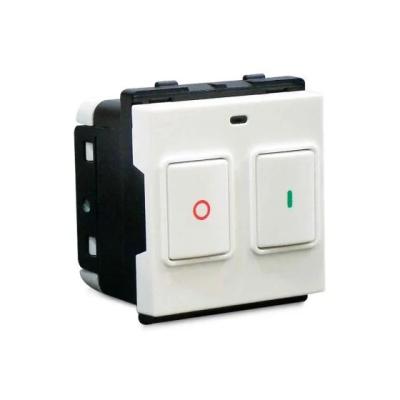
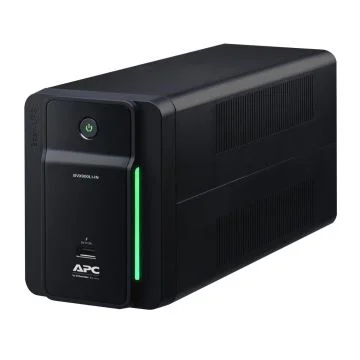
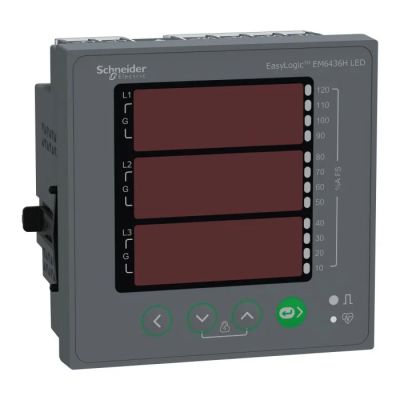
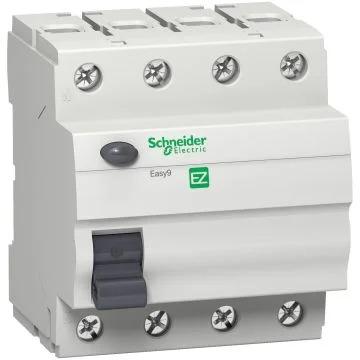
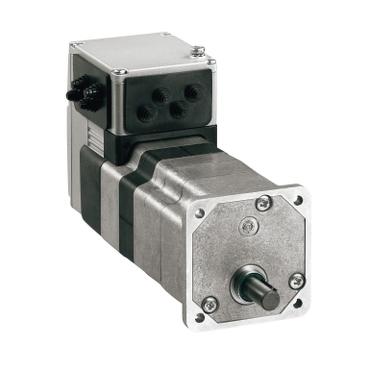
Comments